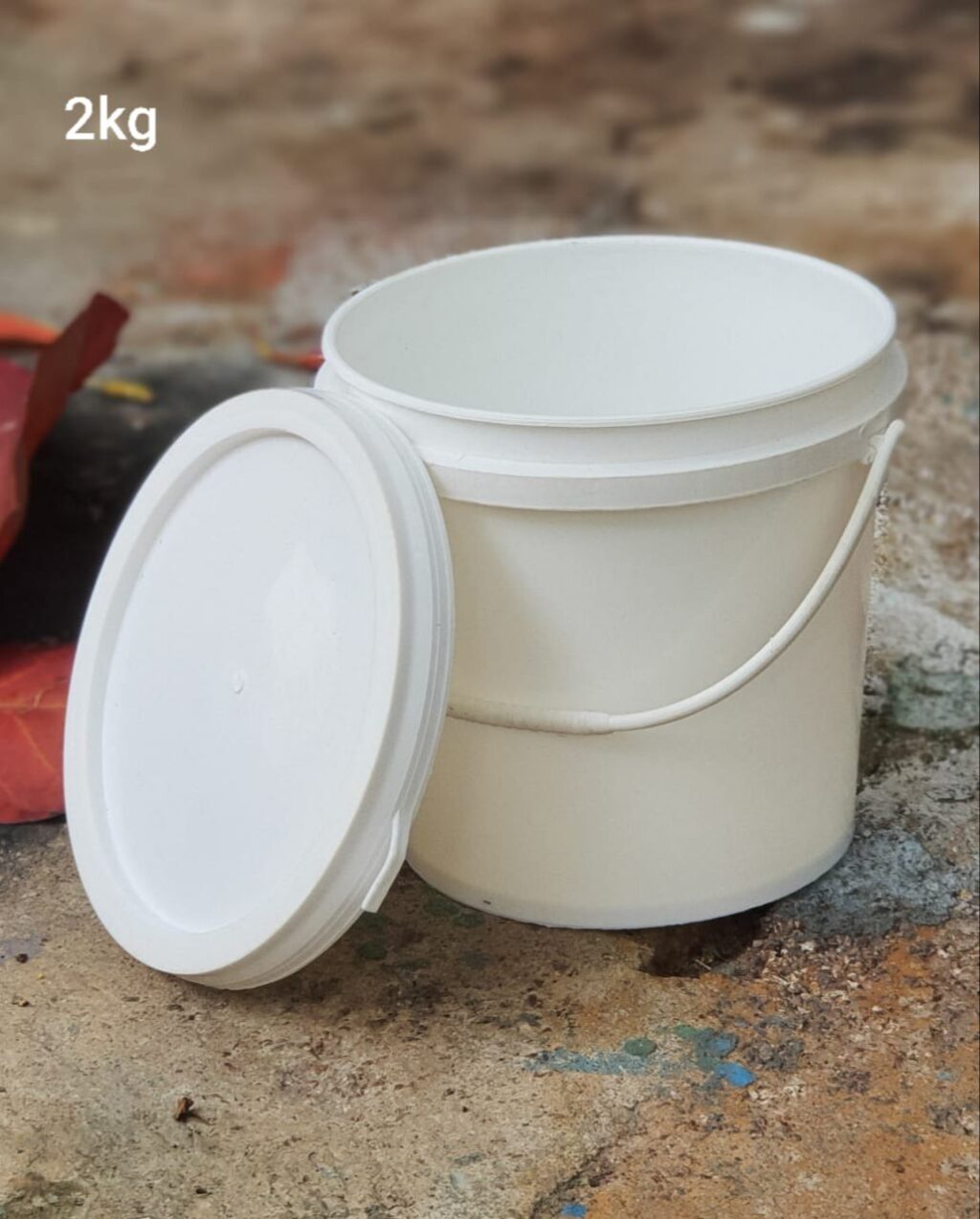Toxic lead levels found in local paint brands

MILLIONS of children in Zimbabwe are at risk of lead poisoning, which can potentially cause permanent damage to brain development, due to widespread use of paints containing dangerously high levels of the toxic metal, a joint study by the Environmental Management Agency (EMA) and the Lead Exposure Elimination Project (LEEP) has revealed.
According to the study, over 55 percent of oil-based paint brands sampled in Harare contained lead levels exceeding the World Health Organisation (WHO) recommendations.
In some cases, the levels were well over 1 000 times the safe limit.
Lead is a chemical element often used as an ingredient in the manufacturing of oil-based paints and batteries.
In paint, it is used to accelerate drying, increase durability, maintain a fresh appearance, and resist moisture that causes corrosion.
However, the lead exposure, particularly in children, can cause permanent damage to brain development, leading to lower educational attainment and reduced future potential.
Additionally, long-term exposure can increase the risk of hypertension, heart disease and other health problems.
The study estimates that lead poisoning from paint and other sources costs the country US$298 million annually.
“EMA and LEEP’s research found hazardous levels of lead in five major paint brands and 29 smaller brands,” reads the report.
“Both decorative brush-on oil-based house paints as well as spray paints were found to be toxic. The most harmful paints were typically yellow and red colours.”
EMA’s director-general Mr Aaron Chigona said paint manufacturers must immediately remove lead ingredients from their products.
“The data in this initial study provides clear evidence on this important issue,” he said. “We strongly urge manufacturers to immediately remove lead ingredients from their paint.
“LEEP provides free support to manufacturers to help them in this process and EMA encourages industry to take up this offer.”EMA, he said, was in the process of crafting new regulations to enforce the removal of lead from paints.
“EMA will be taking steps to regulate lead in oil-based paint and to create a country free from the harms of lead paint exposure.”
LEEP co-executive director Dr Clare Donaldson said her organisation was happy to support the Government’s efforts to regulate paint manufacturing.
“We applaud EMA’s initiative in conducting this important study and look forward to supporting the Government of Zimbabwe’s efforts to regulate lead paint,” she said.
“As more manufacturers worldwide switch to paint without added lead, we encourage industry partners in Zimbabwe to take up LEEP’s offer of free support.
“We offer no-cost technical assistance to industry partners looking to remove lead from their paint and to solve this critical problem together.”
WHO representative to Zimbabwe Professor Jean-Marie Dangou said by addressing the issue of lead poisoning in Zimbabwe, Government can protect the health of its citizens and promote sustainable economic development.
“WHO recognises the economic impact of lead poisoning, which includes increased healthcare costs, lost productivity, and decreased economic growth,” he said.
“The WHO urges the Government of Zimbabwe to review their paint production processes with the aim of reducing lead content below the recommended limit set by WHO.
“It is crucial that we take intentional steps to protect our children from the devastating effects of lead poisoning.”
–Sunday Mail







